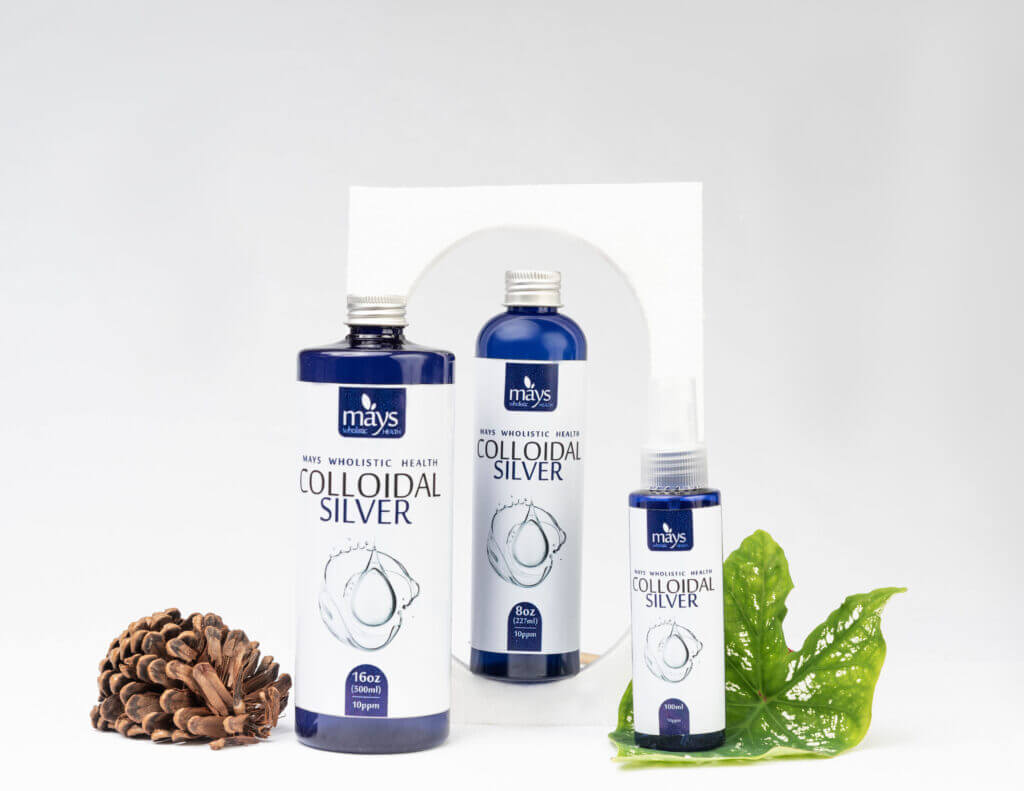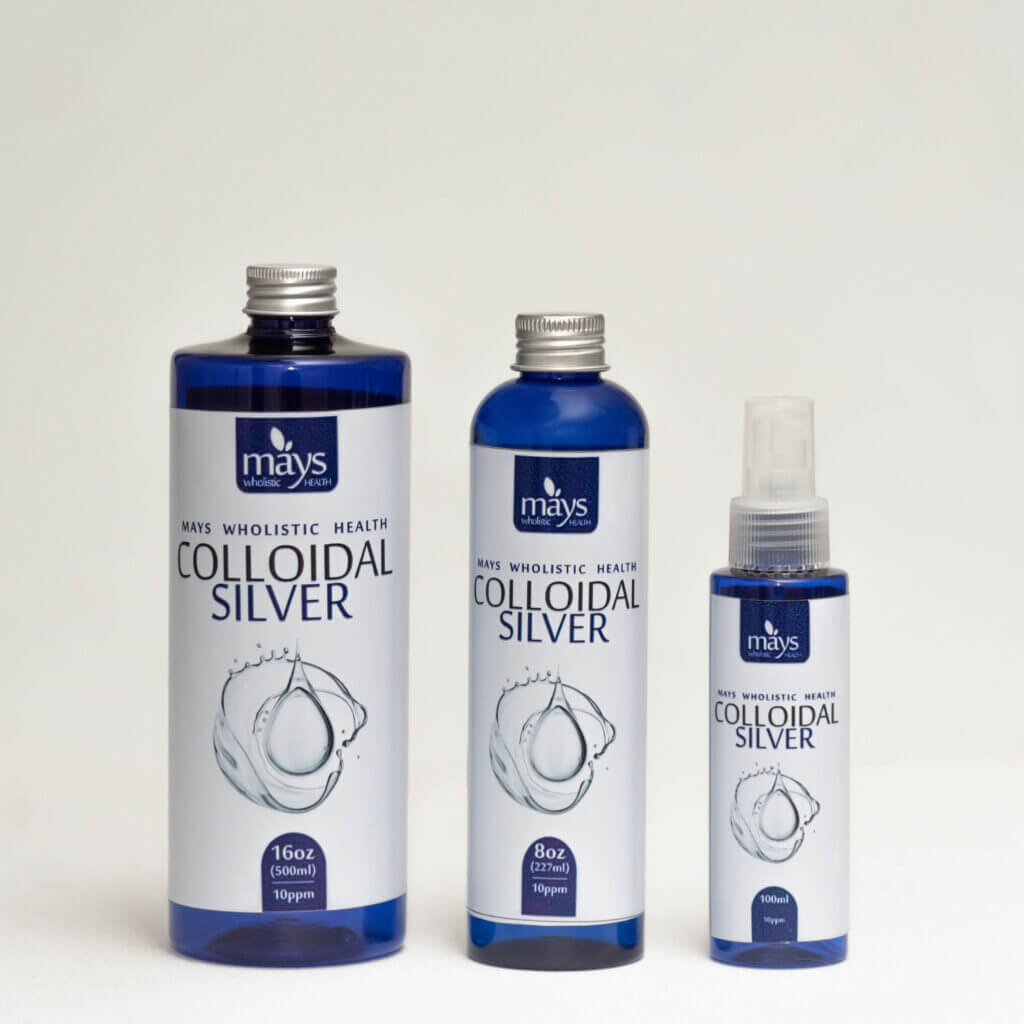Research on Antibiotics Reveals Silver Acts as a Booster While Mixing Certain Antibiotics with Statins Can Be Devastating
By Dr. Mercola.
- The frivolous use of antibiotics, not just in medicine but also in food production, is the root cause of skyrocketing antibiotic resistance.
Data from the European Centre for Disease Prevention and Control.
(1) (ECDC) shows a significant rise of resistance to multiple antibiotics in Klebsiella pneumoniae and E. coli in just the last four years alone, affecting more than one-third of the EU, and the primary cause for this man-made epidemic is the widespread misuse of antibiotics.
Between the years of 1993 and 2005, the number of Americans hospitalized due to the antibiotic-resistant “superbug” MRSA (methicillin-resistant Staphylococcus aureus) skyrocketed from about 2,000 to 370,000.
Currently, MRSA and other antibiotic-resistant infections kill about 60,000 Americans annually, and account for billions of dollars in health care costs.
(2) Antibiotic-resistant disease is not the only danger associated with the misuse of these drugs. Excessive exposure to antibiotics also takes a heavy toll on your gastrointestinal health, which can predispose you to virtually any disease.
Abnormal gut flora may actually be a major contributing factor to the rise in a wide variety of childhood diseases and ailments, from bowel disorders and allergies to autism. Agricultural uses of antibiotics account for about 80 percent of all antibiotic use in the US.
(3) so it’s a MAJOR source of human antibiotic consumption. Animals are often fed antibiotics at low doses for disease prevention and growth promotion, and those antibiotics are transferred to you via meat, and even via the manure used as crop fertilizer.
Protecting your gut health and reducing the spread of antibiotic-resistant bacteria are significant reasons for making sure you’re only eating grass-fed, organically-raised meats and animal products.
Gut Viruses Confer Antibiotic-Resistance to Bacteria, New Research Shows
When used properly, in the correct contexts and with responsibility, antibiotics can and do save lives that are threatened by bacterial infections. But there is one important variable that wasn’t considered when the widespread use of these “miracle medicines” began, and that is that bacteria are highly adaptable.
They are clearly capable of outsmarting antibiotics, and they are doing so with a vengeance. According to the CDC’s National Antimicrobial Resistance Monitoring System:
(4)
“Antibiotics kill or inhibit the growth of susceptible bacteria. Sometimes one of the bacteria survives because it has the ability to neutralize or evade the effect of the antibiotic; that one bacteria can then multiply and replace all the bacteria that were killed off.
Exposure to antibiotics therefore provides selective pressure, which makes the surviving bacteria more likely to be resistant. In addition, bacteria that were at one time susceptible to an antibiotic can acquire resistance through mutation of their genetic material or by acquiring pieces of DNA that code for the resistance properties from other bacteria.
The DNA that codes for resistance can be grouped in a single easily transferable package. This means that bacteria can become resistant to many antimicrobial agents because of the transfer of one piece of DNA.”
Interestingly, these bacteria have previously unknown allies that supply them with the antibiotic-resistant genes necessary for their survival. Researchers at the Wyss Institute have discovered that gut viruses known as bacteriophages, a.k.a. “phages” are actually instrumental in conferring antibacterial resistance to bacteria.
(5), (6) Most importantly:
“[Phage] deliver genes that help the bacteria to survive not just the antibiotic they’ve been exposed to, but other types of antibiotics as well…
That suggests that phages in the gut may be partly responsible for the emergence of dangerous superbugs that withstand multiple antibiotics, and that drug targeting of phages could offer a potential new path to mitigate development of antibiotic resistance,” the Institute’s press release
(7) states. Phages Are Actually an Important Part of Your Body’s Defense System
More than 90 percent of the DNA in your body is not yours, but actually belongs to a wide variety of microbes, and these findings just go to show how intricately tied your health is to the microorganisms that live inside you. And, while the word “virus” brings to mind all things “bad” for you, this is not necessarily true.
Another recent study published in the Proceedings of the National Academy of Sciences
(8) found that many of these viruses (phages) actually serve as immune helpers—not enemies—and form an important part of your body’s defense system.
(9) Wherever bacteria reside, you will also find phages, because phages depend on bacteria for their survival. Phages specialize in breaking open and killing certain kinds of bacteria, hijacking them in order to replicate.
Most phages have hollow heads, which store their DNA and RNA, and tunnel tails designed for binding to the surface of their bacterial targets. According to phages.org, once a phage has attached itself to a bacterium:
“The viral DNA is then injected through the tail into the host cell, where it directs the production of progeny phages, often over a hundred in half an hour. These ‘young’ phages burst from the host cell (killing it) and infect more bacteria.”
The researchers found evidence that these phages partner with animals and humans to stave off bacterial infections and control the composition of friendly microbes in your body. The researchers speculate that some phages might protect bacteria that benefit their hosts (i.e. you), while destroying those that cause harm.
Which brings us back to the featured research, which suggests that these phages may also play a significant role in the rapid rise of antibiotic resistance… In essence, it would appear our zealous overuse of antibiotic drugs is causing these helpful viruses to boost the survivability of bacteria during the onslaught of a deadly foe—the antibiotic—only in this case, the end result is disastrous rather than helpful for the host… On the upside, these findings may confer new hope for effective treatments. According to Don Ingber, M.D., Ph.D., Founding Director of the Wyss Institute:
(10) “Antibiotic resistance is as pressing a global health problem as they come, and to fight it, it’s critical to understand it. [These] novel findings offer a previously unknown way to approach this problem — by targeting the phage that live in our intestine, rather than the pathogens themselves.”
Colloidal Silver Dramatically Boosts Effectiveness of Antibiotics
The use of silver in the battle against pathogenic bacteria goes way back into antiquity. Hippocrates was one of the first to describe its antimicrobial properties in 400 B.C. Over the past few years, several studies have demonstrated the fact that silver is indeed one of the most effective agents in the battle against antibiotic-resistant super pathogens. Yet conventional medicine has largely dismissed such claims, relegating colloidal silver to the “woo-woo” section of medical myth.
They may be inclined to change their tune however, in light of the latest research
(11, 12) which shows that low doses of silver can make antibiotics up to 1,000 times more effective, and may even allow an antibiotic to successfully combat otherwise antibiotic-resistant bacteria. As reported by Medical News Today:
(13) “…[N]ot only did silver boost the ability of a broad range of commonly used antibiotics so as to stop mice dying of otherwise lethal infections, but it made at least one resistant bacterium succumb to antibiotics again. The addition of silver also broadened the effect of vancomycin, an antibiotic that is usually only effective at killing Gram-positive bacteria like Staph and Strep; aided by silver it killed Gram-negative bacteria such as those that cause food poisoning and dangerous hospital-acquired infections.”
For example, by adding a small amount of silver to the antibiotic, a powerful synergism occurred, and a urinary tract infection caused by tetracycline-resistant E. coli was successfully eradicated. Silver also helped save the lives of 90 percent of mice suffering with a life-threatening abdominal inflammation by adding it to the antibiotic vanomycin. In the group receiving vanomycin only, a mere 10 percent survived. The researchers discovered two mechanisms that help explain how silver can boost the effectiveness of an antibiotic:
Silver interferes with the bacteria’s metabolism, increasing production of reactive oxygen species
(14) (ROS); products of normal oxygen consuming metabolic processes in your body that, in excess, can damage cell membranes and DNA. Many antibiotics are believed to kill bacteria by producing ROS compounds, and here, the researchers found that adding a small amount of silver boosted the antibiotic’s ability to kill anywhere from 10 and 1,000 times more bacteria.
Silver makes the bacteria’s cell membrane more permeable. This may explain the beneficial effect of silver on gram-negative bacteria, the cells of which are often impenetrable to antibiotics due to the molecular size of the drugs.
What About Potential Toxicity of Colloidal Silver?
As for toxicity, the researchers found that the doses of silver required were far smaller than the dose needed to harm either mice or cultured human cells, suggesting that oral and injectable silver should be quite safe. That said, quality is extremely important, as misrepresentation of colloidal silver by less scrupulous manufacturers has in the past led to some of its more negative connotations. According to a Commercial Product Report
(15) by silver-colloids.com, a site that provides detailed laboratory analyses of colloidal silver products, there are three distinctly different types of silver products on the market that are all labelled and sold as “colloidal” silver:
True colloidal silver
Ionic silver
Silver protein: Due to the high concentration of large silver particles, silver protein products are known to cause argyria, which turns your skin blue-gray color.
When purchasing colloidal silver, it’s very important to avoid silver protein formulas. True colloidal silver seems to be the most recommended, but ionic silver could probably also be used. In the featured study, they used ionic silver (Ag) in a silver nitrate salt (AgNO3), which, again, was found to be quite non-toxic in animals and human cell cultures. Substantial antimicrobial activity was found at 30 microns (μM) against E. coli. If you take ionic silver products according to the manufacturer’s recommended dosage, ionic silver will not cause argyria. That said, since there are potential health risks involved if you select the wrong formula, I recommend you use colloidal silver only under the guidance and supervision of a qualified alternative health practitioner who can help you select a high-quality product.
Statin Users Beware… Your Cholesterol Medication May Not Mix Well with Antibiotics!
In related news, Canadian researchers (16) warn that patients —especially the elderly—taking cholesterol- lowering drugs such as Lipitor, should avoid the antibiotics clarithromycin and erythromycin, as these antibiotics inhibit the metabolism of statins. Increased drug concentrations in your body may cause muscle or kidney damage, and even death. As reported by WebMD: (17)
“‘These drugs do interact and cause difficulties for patients,’ said lead researcher Dr. Amit Garg, a professor in the department of epidemiology and biostatistics at the University of Western Ontario in London, Ontario. These adverse reactions are rare, Garg added. ‘Most people will be fine,’ he said. ‘But at a population level, hundreds of preventable hospitalizations are occurring.’ For someone taking a statin, the study suggests that substituting a different antibiotic — azithromycin — is safer because it doesn’t interfere with the metabolism of statins. Another strategy is to stop the statin until the antibiotic course is finished, Garg said.”
What You Can Do to Help Stop the Spread of Antibiotic-Resistant Disease
You can help yourself and your community by using antibiotics only when absolutely necessary and by purchasing organic, antibiotic-free meats and other foods. Even though the problem of antibiotic resistance needs to be stemmed through public policy on a nationwide level, the more people who get involved on a personal level to stop unnecessary antibiotic use the better.
Remember, not every bacterial infection needs to be treated with a drug. First, as an all-around preventive measure, you’ll want to make sure your vitamin D level is optimized year-round, especially during pregnancy, along with vitamin K2. But there are also a number of natural compounds that can help boost your immune system function to help rid you of an infection, including:
Oregano (oil of oregano)
Garlic
Echinacea
Manuka honey (for topical application)
Last but not least, the use of silver compounds appears to bring new hope against antibiotic-resistant pathogens. Still, creating more potent antibiotics, regardless of how that’s achieved, will not help us in the long run unless we also address the root causes of antibiotic resistance, which is rampant overuse—in medicine, but perhaps even more importantly, in agriculture.
Sources and References
European Centre for Disease Prevention and Control
Wyss Institute June 10, 2013
Food Safety News February 24, 2011
CDC’s National Antimicrobial Resistance Monitoring System Nature June 9, 2013 [Epub ahead of print]
SeeRef2
SeeRef2
PNAS May 20, 2013 Science News May 20, 2013
SeeRef2
Science Translational Medicine 19 June 2013: 5(190); 190ra81 Wyss Institute June 19, 2013
Medical News Today June 20, 2013
Circulation Research. 2008; 103: 571-572
Silver-colloids.com Commercial Product Report
Annals of Internal Medicine 2013 Jun 18;158(12):869-76 WebMD June 17, 2013
http://articles.mercola.com/sites/articles/archive/2013/07/03/antibiotics-colloidal-silver.aspx8
![Mays Wholistic Health [Green] (3)](https://mayswholistichealth.com/wp-content/uploads/2021/12/Mays-Wholistic-Health-Green-3-scaled-79x56.png)


